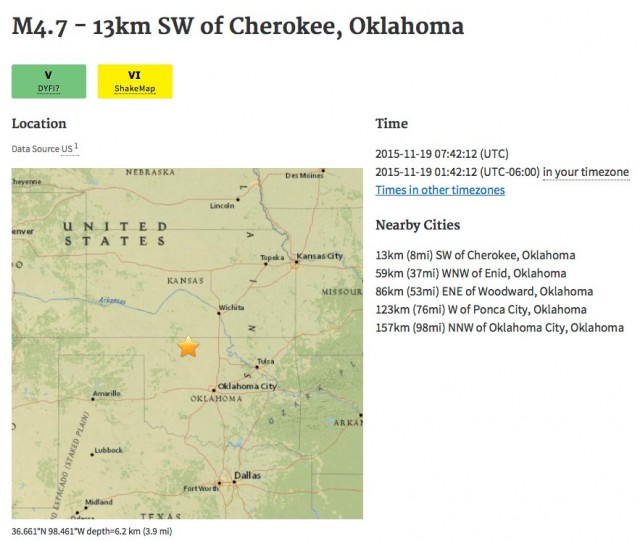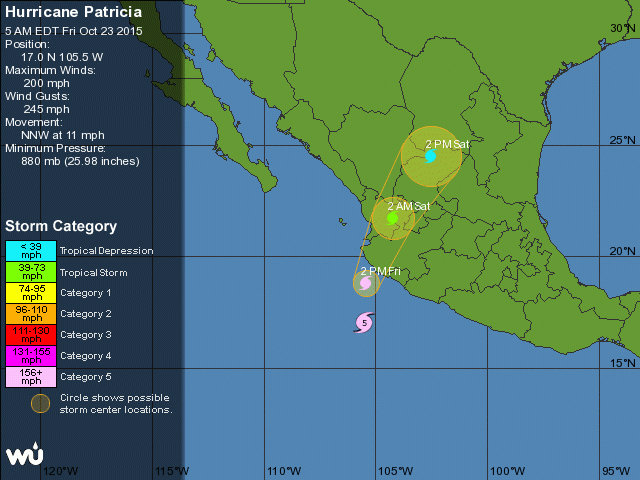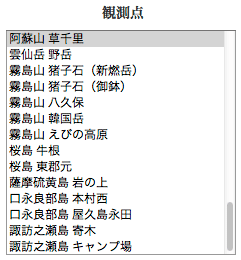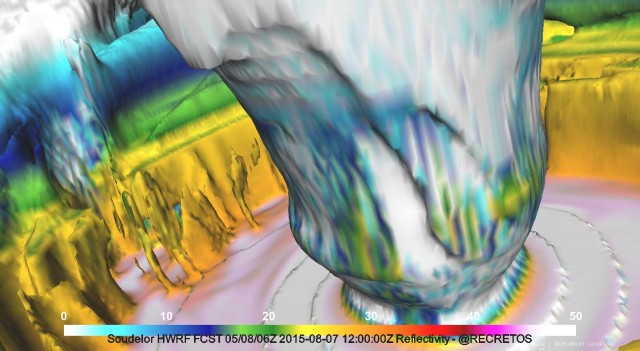Last week’s earthquake has been upgraded to 5.8, the strongest ever recorded in Oklahoma. I came across a gif of quakes in the 48 states from 2005 on. Keep your eye on northern Oklahoma and southern Kansas.
Category: Science
Here we go again
While I might have felt earthquakes at a greater frequency during the year I lived in San Francisco, during the past few years I have experienced a larger number here in Kansas than in all the years I lived in the allegedly more seismically-active west, most recently earlier this hour.
Footnote on Sulphur Island
An unexpected volcanic hazard:
One of the few videos of a phreatic blowout on Iwo Jima turned out to not be phreatic at all. Instead it was heat affecting an old 16 inch shell from Iowa that had fallen into the ocean. As the spot inflated up and became the new beach it dried out and heated and “boom”. Volcanic artillery is something of a novelty. Cryptoshelling with magmatic release…
It’s so hard to get a good night’s sleep these days
Sulphur Island
Ken the Brickmuppet called it. Potentially the most profoundly dangerous volcano on this planet is Iwoto, alias Iwo Jima, according to Volcano Café. Arpeggio of Blue Steel makes less sense than ever.
Incidentally, Ken notes that there might be volcanoes on Pluto.
Update: the tabloid press takes note.
Disturbing the magnetosphere
Those of us who live outside circumpolar regions can watch the aurora borealis in Iceland here in real time, sometimes. If you don’t see much the first time you visit, cross your fingers and try again later.
CO2 and SO2
Volcano Café has compiled a convenient list of the nine “New Decade Volcano Program” candidates announced thus far and invited speculation about the top spot on the list. A few weeks ago I wrote about Lake Kivu in the East African Rift, which is ominously close to Nyiragongo. I guessed then that a volcanic complex involving the lake would be first or second on the list, and I still think so. The most dangerous volcano on the planet, to the best of my (superficial) knowledge, is likely the Nyiragongo/Lake Kivu combination.
Wilder than Wilma
I wonder …
For the past week, ever since Campi Flegrei was awarded third place in the New Decade Volcano Program, I’ve wondered which volcanoes could possibly present a greater threat. Nothing that comes to mind meets the criteria. The Auckland volcanic field lies directly under the New Zealand city and could erupt at any time, but the magma involved is basaltic and not explosive; other north island volcanoes probably present a greater danger to the inhabitants than the one directly below them. There are plenty of dangerous mountains in Iceland, but the the total population is less than that of Wichita. Kamchatka is also sparsely populated. Islands in the South Pacific are generally too small to support millions of residents. And so on.
While reading the most recent post at Volcano Café, on how vulcanism affected the waters of Lake Tanganyika, it occurred to me that maybe I’m thinking too literally. Perhaps I should look for placid lakes, not fiery mountains. Lake Kivu, for instance.
In 1984, Lake Monoun in Cameroon experienced a “limnic eruption,” releasing an asphyxiating cloud of carbon dioxide that killed 37 people. Two years later at Lake Nyos, also in Cameroon, a similar event suffocated 1,700 more. Both lakes are “meromictic,” in which the water remains stratified throughout the year.
Lake Kivu is another meromictic lake, and its depths are saturated with carbon dioxide. It’s also 2,000 times larger than Lake Nyos, and there are over two million people along its shores. Nearby is Mount Nyiragongo, noted for its lava lake and its very fluid lava that could readily travel to the lake and trigger a limnic eruption. There is evidence that these eruptions occur there regularly. From Wikipedia:
Sample sediments from the lake were taken by professor Robert Hecky from the University of Michigan, which showed that an event caused living creatures in the lake to go extinct approximately every thousand years, and caused nearby vegetation to be swept back into the lake.
So, I am going to guess that the Lake Kivu/Nyiragongo complex is one of the two remaining NDVP volcanoes. We’ll find out if I’m right in one or three weeks if the café maintains its schedule.
Above the hot zone
I expected that at least one of the many active volcanoes on caldera-ridden Kyushu would land on the New Decade Volcano Program at Volcano Café, though I wasn’t sure which it would be: Aira, Aso, or one of the less-publicized ones. This weekend NDVP #4 turned out to be the Aso Caldera and, yes, it is potentially extremely nightmarish.
There are three more to go. From the comments to the Café post:
BillG: So this is #4…. I can’t imagine there are three worse scenarios..
Henrik: Trust me Bill, there are. One marginally more so, one decidedly worse and the final one so utterly mind-blowing that eventually Hollywood will make a blockbuster movie of it.
I would guess that one of those three is either Campi Flegrei or Vesuvius; the other two, I have no idea. I note that five of the volcanoes announced in the NDVP so far are in Asia and none in South America, and there are a lot of interesting mountains and lakes in Central and South America.
You can watch the Nakadake crater at Aso at the JMA site. The link to the camera is highlighted here (“Aso grass Chisato,” according to Giggle Translate):
You can usually see a plume of steam and gasses when the weather is clear, and occasionally some incandescence.
Update (9/13/15): Aso had a bit of a cough today (or tomorrow, depending on which side of the International Date Line you’re on).
Update II (9/18/15): … and coming in at #3, it’s Campi Flegrei.
The Great Wave …
… of Candida. I wonder if Tadayasu Sawaki has a poster of this on his wall.
Further wondering:
I wonder if catgirls will be enough to reverse Japan’s demographic catastrophe?
Greens and purples
Another one of my pictures is a Botany Photo of the Day.
Grab your hard hat

The volcanic webcam star Sakurajima might be heading for a major eruption in the near future. The Japanese Meteorological Agency has raised the alert level for the Kagoshima area to “4,” advising residents in the districts nearest the volcano to prepare to evacuate.
While there are numerous webcams pointed at the Kyushu mountain, the only one I’ve found with a reliable night-time view is on the JMA’s page. Starting at the bottom of the list, it’s the first entry with a four-character name.
For further discussion, scroll down to the most recent comments here. The JMA released a statement here (pdf). It’s in Japanese only, but there are interesting maps and charts to study, and you can copy and paste the text into Giggle Translate.
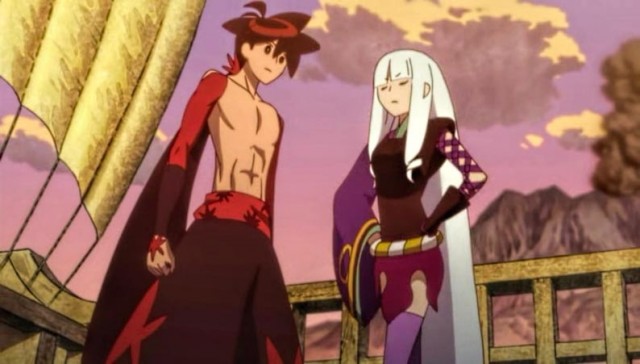
Katanagatari, by the way, is a very good show.
Update: Meanwhile, in Ecuador …
Pictures, not necessarily pretty
Something for your eyes while I work on stuff to hurt your ears.
Inside Typhoon Soudelar a couple of days ago. There are a couple more plots here.
Boom x 10
Colima, a volcano west of Mexico City not far from the Pacific coast, is getting feisty. There’s a good view on the webcam here, ((when it works)) and when it’s cloudy you can watch time-lapse videos by clicking the icons below “El día en un minuto.”
Colima has been deemed a “decade volcano” by the International Association of Volcanology and Chemistry of the Earth’s Interior, one of sixteen worthy of special study because of capacity for dangerous eruptions and proximity to populated areas. Some of the denizens of Volcano Café find the IAVCEI list unsatisfactory and are currently announcing their own, one volcano at a time each Friday. ((usually if they feel like it)) Theirs is based on the pleasant notion of “million death expectancy” possible within the next century or so. Of the five listed thus far, I anticipated two (Kelud and Mayon), was not surprised by two of the others, but did not expect #7 at all. There are five more to go. I hesitate to make any predictions, but I’m pretty sure that Yellowstone is not on the list.
Vegetable porcupine
Another one of my pictures is the Botany Photo of the Day.



